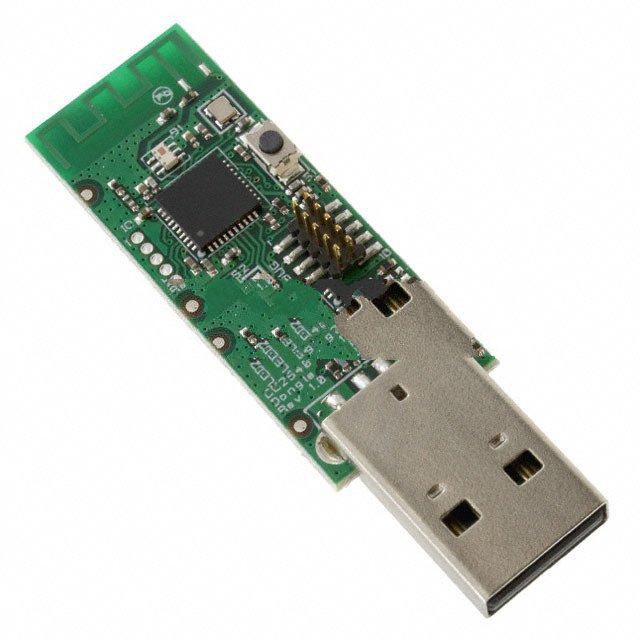Texas Instruments THS9000EVM
- THS9000EVM
- Texas Instruments
- EVAL MODULE FOR THS9000
- RF Evaluation and Development Kits, Boards
- THS9000EVM Datasheet
- -
- -
-
 Lead free / RoHS Compliant
Lead free / RoHS Compliant - 2590
- Spot Inventory / Athorized Dstributor / Factory Excess Stock
- 1 year quality assurance 》
- Click to get rates
| Part Number THS9000EVM |
| Category RF Evaluation and Development Kits, Boards |
| Manufacturer Texas Instruments |
| Description EVAL MODULE FOR THS9000 |
| Package - |
| Series - |
| Type Amplifier |
| For Use With/Related Products THS9000 |
| Frequency 50MHz ~ 400MHz |
| Supplied Contents Board(s) |
| Package_case - |
THS9000EVM Guarantees



• Prompt Responsiveness
• Guaranteed Quality
• Global Access
• Competitive Market Price
• One-Stop support services of supply chain
Jinftry, Your most trustworthy component supplier, welcome to send us the inquiry, thank you!
Do you have any questions about THS9000EVM ?
Feel free to contact us:
+86-755-82518276
+8615019224070, annies65, +8615118125813
568248857, 827259012, 316249462
+8615019224070, +8615118118839, +8615118125813
( Email first will be appreciative )
Customer reviews
Texas Instruments

Texas Instruments Incorporated designs and manufactures analog technologies, digital signal processing (DSP) and microcontroller (MCU) semiconductors. TI is a leader in semiconductor solutions for analog and digital embedded and applications processing. A global ...

BT-MSPAUDSINK
BOARD REF DESGN BLUETOOTH MSP430

LAUNCHPAD+BOOSTERPACK+FLASHING-DEVICE-ND
BOARD REF DESGN BLUETOOTH MSP430

CC1101DK433
BOARD REF DESGN BLUETOOTH MSP430

LMV232TLEVAL
BOARD REF DESGN BLUETOOTH MSP430

CC2595EVM
BOARD REF DESGN BLUETOOTH MSP430

CC1101CC1190EMK915
BOARD REF DESGN BLUETOOTH MSP430

LMV228TLEVAL
BOARD REF DESGN BLUETOOTH MSP430

CC2650EMK-7ID
BOARD REF DESGN BLUETOOTH MSP430



















